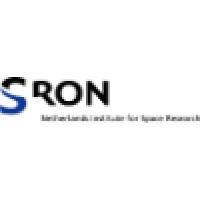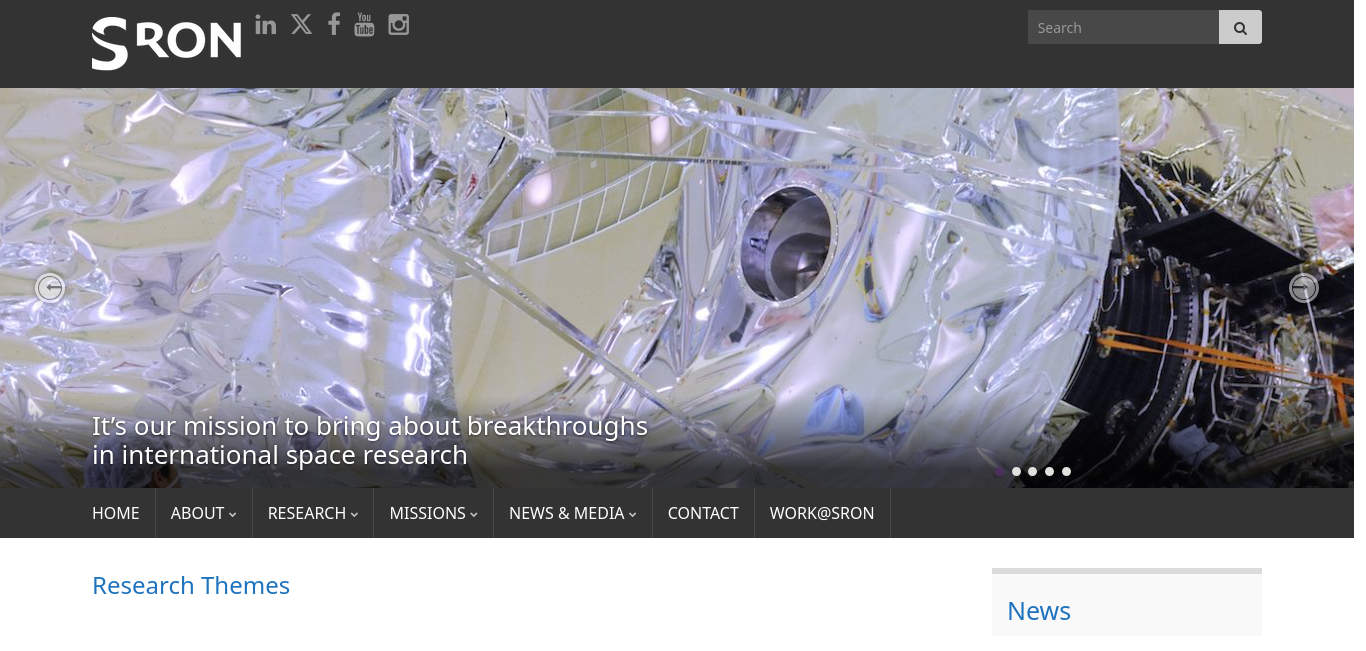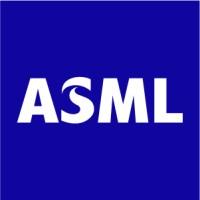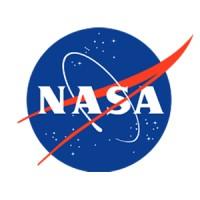SRON Netherlands Institute for Space Research
Created in 1983


Up & running (A)
Existing signals show a regular activitySocial networks
2,439 8,090Entity types
Location
3584 CA Utrecht, Netherlands
Utrecht
Netherlands
Employees
Scale: 201-500
Estimated: 235
Engaged catalyst
7
0 0Added in Motherbase
5 years, 2 months ago
Value proposition
SRON Netherlands Institute for Space Research is the Dutch expertise institute for space research. The institute develops and uses innovative technology for groundbreaking research in space, focusing on astrophysical research, climate science and planetary research. In addition to this, SRON has a line of research into new and more sensitive sensors for X-rays and infrared radiation.
SRON is the national center of expertise for the development and exploitation of satellite instruments in astrophysics and earth system science. SRON is part of NWO-I, Institutes Organisation of the Netherlands Organisation for Scientific Research (NWO).
Science and technology
The institute has about 200 staff who are employed at a support department and five divisions: high-energy astrophysics, low-energy astrophysics, Earth observation, sensor development and engineering. Together they form a unique melting pot of top scientists and technologists who inspire each other to perform at their absolute best. Problems faced by scientists challenge sensor developers to construct increasingly more sensitive technology. Together with mechanical and electronic engineers they ultimately develop a scientific space instrument with an exceptional level of performance under the extreme conditions of space. The scientific breakthroughs made with such devices in turn inspire new research and new technology.
astrophysical research, earth science and planetary research, sensors for X-rays and infrared radiation, earth observation, space science, www.youtube.com/SRONruimteonderzoek, and www.twitter.com/SRON_Space
Research Themes - SRON Netherlands Institute for Space Research
https://www.sron.nl/

| Catalyst | Type | Tweets | Articles | |
|---|---|---|---|---|
 Philips Electricals, Hospitals and Health Care | Philips Electricals, Hospitals and Health Care | Other 30 Aug 2024 | | |
 NXP Semiconductors Semiconductors, Semiconductor Manufacturing | NXP Semiconductors Semiconductors, Semiconductor Manufacturing | Other 31 Oct 2017 | | |
 ASML Semiconductors, Semiconductor Manufacturing | ASML Semiconductors, Semiconductor Manufacturing | Other 20 May 2021 | | |
 Eurostat European Union, Environmental Services | Eurostat European Union, Environmental Services | Other 21 Apr 2021 | | |
 NASA - National Aeronautics and Space Administration Research, Aviation and Aerospace Component Manufacturing | NASA - National Aeronautics and Space Administration Research, Aviation and Aerospace Component Manufacturing | Other 17 Apr 2023 17 Feb 2025 | | |
 European Space Agency - ESA Defence and Aerospace, Aviation and Aerospace Component Manufacturing | European Space Agency - ESA Defence and Aerospace, Aviation and Aerospace Component Manufacturing | Other 17 Apr 2023 13 Feb 2025 | | |
 UN Africa Renewal International development, International Affairs | UN Africa Renewal International development, International Affairs | Other 22 Apr 2023 23 Apr 2023 | | |
Our first paper on aerosol retrievals based on data from the SPEXone instrument on board the NASA PACE satellite has been published!
See https://lnkd.in/eFhezyNv for details about the global maps of the amount of dust particles in our atmosphere (aerosol optical depth, or AOD), the particle size (via the Ångstrom exponent, or AE; high AE indicates small particles), and the amount of light absorption by these particles (via the Single Scattering Albedo, or SSA; low SSA indicates high absorption).
Can you identify the areas with lots of smoke (small particles, high absorption) or desert dust (large particles, low absorption)? And make an educated guess about the properties of sea salt particles and point to areas with high human activity?
Such data is crucial for better understanding the interplay between aerosols, clouds and radiative forcing, and the interaction between the atmosphere and the worlds oceans.
SRON Netherlands Institute for Space Research, NASA Goddard Space Flight Center #PACE #NASAOcean #aerosols #atmosphere #ocean
Astronomen hebben met de JAXA: Japan Aerospace Exploration Agency XRISM röntgentelescoop waargenomen hoe het hete gas in de kern van een cluster van sterrenstelsels op en neer klotst. Dit vormt het eerste directe bewijs voor gasstromen aangedreven door een botsing op kosmische schaal. Publicatie in Nature Magazine
Co-auteurs zijn o.a. SRON Netherlands Institute for Space Research Aurora Simionescu Anwesh Majumder
Meer info: https://lnkd.in/eWJFwcGT
--------
Using the XRISM X-ray telescope, astronomers have observed hot gas sloshing back and forth in the core of a cluster of galaxies. This provides the first direct evidence of gas motions driven by a collision on cosmic scales. Publication in Nature.
SRON—as part of the European CAMS service—and GHGSAT have detected a substantial methane emission from Mount Fentale, an active volcano in Ethiopia. The emission, estimated at 58 metric tonnes per hour, was observed on January 31 through a “tip and cue” approach between Europe’s Copernicus programme’s Sentinel-5P TROPOMI satellite instrument and GHGSAT’s satellite constellation, coordinated by SRON Netherlands Institute for Space Research and GHGSAT.
https://lnkd.in/eUifTpfw
Ilse Aben J.D. (Bram) Maasakkers Aaldert van Amerongen
📊 Which #scientist is ready for a key role in the first international mission to detect #gravitational waves in space with gravitational wave detector LISA?
📊 Welke wetenschapper is klaar voor een sleutelrol in de eerste internationale missie om zwaartekrachtgolven in de ruimte te detecteren met de zwaartekrachtgolvendetector LISA?
🛰️ SRON is expanding its activities related to the LISA mission and gravitational wave science and is looking for you.
🛰️ SRON breidt haar activiteiten met betrekking tot de LISA missie en zwaartekrachtgolfwetenschap uit en is op zoek naar jou.
Please read more about the vacancy following the link to our careerwebsite:
https://lnkd.in/gKnAPq8m
🚀 Will you help make the LISA mission a success? And strengthen SRON's role within the mission? We hope to talk to you soon.
🚀 Wie helpt ons mee om de LISA missie tot een succes te maken? En de rol van SRON binnen de missie versterken? We hopen je snel te spreken.
🏳️🌈 EN
Until #astronomers can do exciting new frontier science with the Laser Interferometer Space Antenna LISA, many challenges lie ahead.
SRON is working with partners on the development of important parts of the interferometric detection system.
Challenges within the mission are the performance, operations, and calibration of the hardware by European Space Agency - ESA's Performance and Operations team (P&O). But also preparing the data processing and science analysis by the LISA DDPC (Distributed Data Processing Centre) and the LISA Consortium. We do this in collaboration with scientists from Dutch universities and research institutes via the LISA NL collaboration.
SRON is expanding its activities related to the LISA mission and gravitational wave science and is looking for you. Will you help make the LISA mission a success? And strengthen SRON's role within the mission? We hope to talk to you soon.
🏳️🌈 NL
Totdat astronomen spannende nieuwe grensverleggende wetenschap kunnen doen met de Laser Interferometer Space Antenna LISA, liggen er nog veel uitdagingen in het verschiet.
SRON werkt samen met partners aan de ontwikkeling van belangrijke onderdelen van het detectiesysteem in de ruimte.
Uitdagingen binnen de missie zijn de prestaties, operaties en kalibratie van de hardware door ESA's Performance and Operations team (P&O). Maar ook de voorbereiding van de dataverwerking en wetenschappelijke analyse door het LISA DDPC (Distributed Data Processing Centre) en het LISA Consortium. Wij doen dit samen met wetenschappers van Nederlandse universiteiten en onderzoeksinstituten via de 'LISA NL collaboration'.
#university #science #research #astronomy #astrophysics #cosmology #gravitationalwave #space #spacemission
Morgen viert het Nederlandse SPEXone fijnstofinstrument 1 jaar in de ruimte, aan boord van de NASA - National Aeronautics and Space Administration PACE klimaatsatelliet. Een jaar lang observeren levert nu een driedelige wereldkaart op van aerosolen. Die toont de verspreiding van fijne en grove aerosolen en van deeltjes die zonlicht reflecteren of juist absorberen. Dat laatste heeft respectievelijk een afkoelend en opwarmend effect op het klimaat.
SPEXone is gebouwd door SRON Netherlands Institute for Space Research en Airbus Netherlands B.V., met ondersteuning van TNO, en mogelijk gemaakt door Ministry of Education, Culture and Science Eppo Bruins NSO - Netherlands Space Office
https://lnkd.in/efwJtqnD
Aaldert van Amerongen Otto Hasekamp